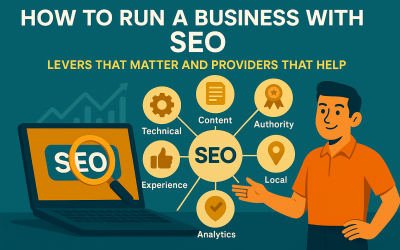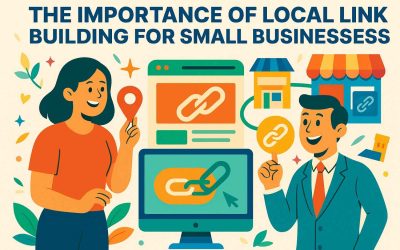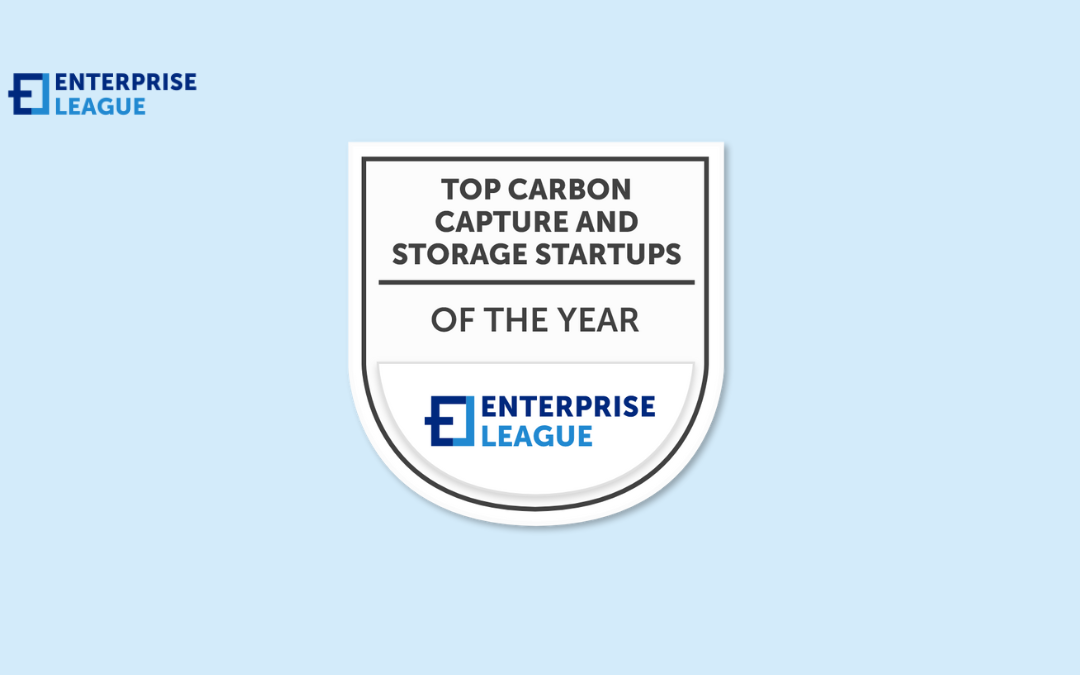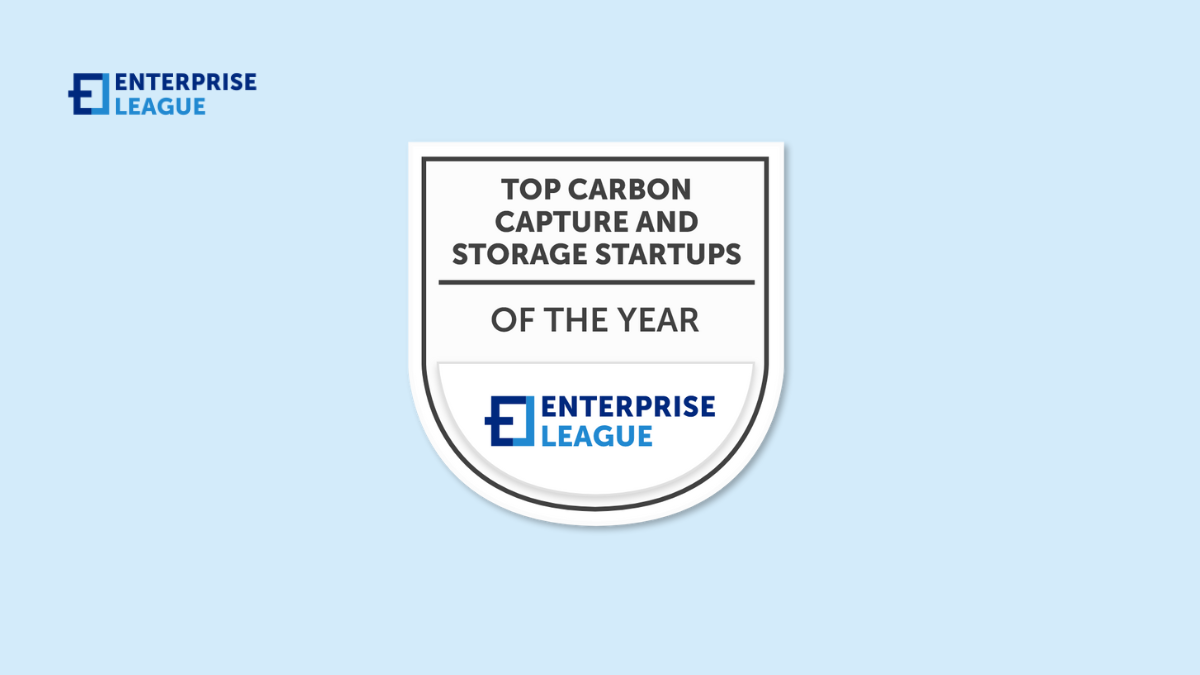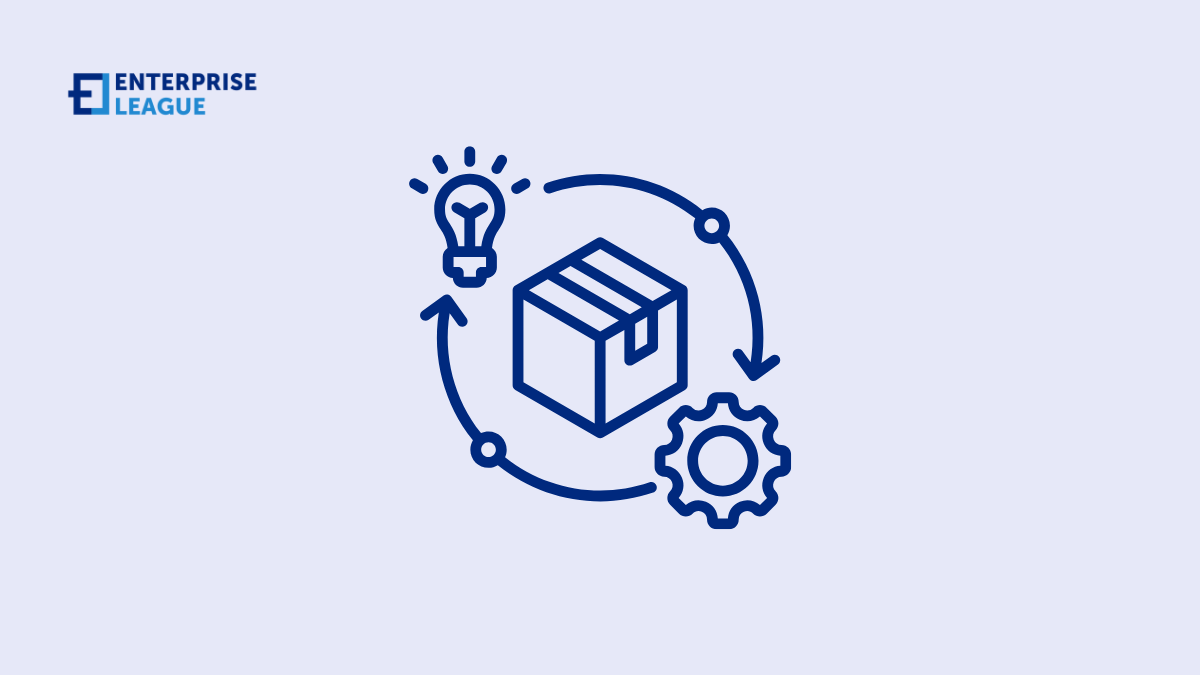The number of Internet of Things (IoT) devices continues to expand dramatically, powering everything from smart homes to industrial systems. Market analysts project that tens of billions of connected devices will be in use within the next few years. But with this...

How does mobile IV therapy work?
Remember when getting an IV meant sitting in a cold hospital room? Not anymore. These days, nurses are showing up at people’s doorsteps, hotels, and festivals with IV bags full of vitamins and fluids. It’s pretty wild, honestly, but mobile IV therapy is catching on fast.
You simply book through an app, and a licensed nurse comes to you, checks your vitals, finds a vein, and gets you hooked up. Then you just chill for about 45 minutes while hydration and nutrients flow straight into your bloodstream. People love it because it’s private, convenient, and feels kind of luxurious, plus it’s creating serious business opportunities with new companies popping up everywhere.
An innovative healthcare model
Mobile IV therapy services have gained traction recently. It’s projected to reach $3.05 billion in 2025 from $2.82 billion in 2024 a whopping compound annual growth rate (CAGR) of 8.3% due to its ability to combine medical expertise with on-demand convenience. The concept involves dispatching certified healthcare professionals to administer customized IV treatments in a patient’s home, office, or hotel room.
The model has proven particularly popular among busy professionals, athletes, and wellness enthusiasts, as well as in the corporate wellness arena. This is because this flexible approach caters to various needs, from hydration and vitamin replenishment to specialized treatments for enhanced athletic recovery, skin health and even hangover relief.
As consumer demand for personalized, in-home medical care continues to grow, entrepreneurs are seizing opportunities to innovate within the mobile healthcare market. Companies are differentiating themselves by providing robust digital platforms, transparent pricing models, and highly trained medical teams, all while ensuring that quality of care remains uncompromised.
Top mobile IV therapy companies
Let’s discuss the top mobile IV therapy companies that are revolutionizing at-home wellness treatments. These providers stand out for their reliability, medical expertise, and customer satisfaction across different regions of the country.
Mobile IV nurses
As one of the pioneer companies in the mobile IV space, Mobile IV Nurses has set the standard for bringing professional IV therapy services directly to clients. Operating across multiple states, this company has built its reputation on clinical excellence and exceptional customer service.
Mobile IV Nurses deliver an extensive range of IV infusion services that seamlessly integrate medical precision with exceptional convenience. Their innovative digital platform simplifies every step, from booking and treatment customization to real-time service monitoring and follow-up session tracking.
Key features:
- On-demand service: Rapid response and flexible scheduling ensure prompt care.
- Customized treatments: Personalized IV drips designed to meet diverse wellness requirements.
- User-friendly platform: An intuitive digital dashboard streamlines appointment booking and treatment management.
- Quality assurance: Adherence to strict medical standards and continuous professional training.
Recognized for its commitment to rigorous safety protocols, the company maintains a rigorous training program for all staff members, focusing not only on technical skills but also on customer experience. Their proprietary protocols for IV administration emphasize both safety and comfort. They exemplify a forward-thinking approach that resonates with both patients and investors.
Drip Hydration
Drip Hydration has rapidly expanded its services across major metropolitan areas by catering to both individual clients and corporate wellness initiatives. The company is renowned for its focus on convenience and premium service, providing specialized IV treatment packages designed for hangover relief, beauty enhancement and athletic recovery. With all treatments supervised by physicians, Drip Hydration instills confidence in its clients by ensuring medical oversight and efficacy.
The brand has also pioneered corporate wellness programs, coordinating with HR departments to create customized treatment days for employees, thereby establishing recurring revenue streams. Their sophisticated technology platform optimizes provider routes, integrates seamless payment processing and automates follow-up communications to maximize efficiency and client satisfaction.
Key features:
- Wide geographic coverage: Serves over 65 cities worldwide, ensuring broad accessibility.
- Specialized treatment packages: Offers IV drips tailored for hangover relief, beauty enhancement and athletic recovery.
- Advanced technology platform: Utilizes a sophisticated scheduling system that optimizes routes, processes payments and automates follow-up communications.
- Membership and subscription options: Provides membership programs and group service packages for regular users and corporate clients.
- Corporate wellness package: Custom treatment days designed in coordination with HR departments to support workplace wellness, ideal for work-from-home employees.
The IV Doc
Next in line is The IV Doc, a luxury medical service that caters primarily to high-end clients in major urban centers and exclusive vacation destinations. With a concierge approach, the brand provides discreet, luxury-oriented IV therapy services that appeal to executives, business travelers and high-profile individuals.
Founded and operated by physicians, The IV Doc emphasizes direct medical leadership with rapid response teams deployed to client locations. Strategic partnerships with luxury hotels and concierge services further establish the brand as the preferred provider for travelers seeking relief from jet lag or illness. Premium pricing reflects the exclusive, high-caliber nature of their treatments and the added value of physician-led care.
Key features:
- Coverage: Available in 20 cities across the U.S. as well as in some places in the UK and EU.
- Concierge-level service: Discreet, luxury-oriented IV therapy tailored for high-end clients.
- Rapid response teams: Swift deployment to client locations for timely care.
- Physician leadership: Actively involved doctors ensure expert care and advanced treatment development.
- Strategic partnerships: Collaborations with luxury hotels and concierge services facilitate service accessibility.
- Premium treatment standards: Treatments are priced above industry averages, reflecting superior service quality.
Rapid Recovery Hydration
The formulations include specific profiles, nutrient and mineral blends to boost health and wellness. Partnerships with events and athletic organizations at all levels enable Rapid Recovery Hydration to offer on-site services, such as trackside or courtside treatments during competitions, ensuring personalized care tailored to the demands of clients in unconventional locations.
Key Features:
- Rejuvenation-focused treatments: Specialized IV drips designed for pre-event performance enhancement and post-event recovery.
- Customized formulations: Specific blends with optional A La Carte and add-on options tailored to support revitalization.
- On-site service capability: Provides trackside or courtside IV therapy at events and competitions.
- Personalized treatment plans: Collaborates with sports nutritionists to develop individualized recovery protocols.
IVology
IVology adopts a clinical approach that emphasizes medical oversight and evidence-based treatments, prioritizing weight loss and men’s health. The company offers both mobile and clinic-based IV therapy, with all protocols actively supervised by physicians. Treatments are condition-specific and developed from published medical research to address particular health concerns.
IVology’s comprehensive consultation process includes extensive pre-treatment assessments and integrated lab testing to identify nutritional deficiencies or other health markers. Uniquely, the company collaborates with insurance providers for medically necessary treatments, broadening access to its services. This clinical aspect attracts clients aiming for therapeutic benefits and scientific validation over lifestyle enhancements.
Key features:
- Dual service model: Provides both mobile and clinic-based treatments with active physician oversight.
- Evidence-based formulations: Condition-specific IV drips developed from rigorous medical research.
- Comprehensive consultations: Detailed pre-treatment assessments and integrated lab testing services.
- Insurance collaboration: Partners with insurance providers to cover medically necessary treatments.
- Clinical excellence: Founded by a hospital-trained professional, ensuring adherence to high medical standards.
RevIVe Mobile IV
RevIVe Mobile IV presents a premium, concierge-style mobile IV therapy experience tailored for clients who seek on call, personalized approach to wellness. The company is celebrated for its comprehensive wellness consultations and meticulously designed treatment packages that cater to specific health and recovery needs.
Employing advanced digital tools for seamless scheduling and transparent service tracking, RevIVe Mobile IV consistently delivers an elevated standard of care that distinguishes it within the premium segment of the mobile healthcare market, whether the client is at home, in the office or at a hotel.
Key features:
- Convenient service delivery: Offers a high-touch, personalized experience for discerning clients around Pennsylvania.
- Premium treatment packages: Exclusive IV therapies engineered for optimal wellness and recovery.
- Comprehensive consultations: Detailed wellness assessments enable customized treatment planning.
- Seamless digital management: Advanced scheduling and tracking tools provide a streamlined patient experience.
A comprehensive look at RevIVe Mobile IV’s system reveals a sophisticated model where luxury and clinical expertise converge to deliver superior care wherever the client is.
How does mobile IV therapy work
The fundamental principle behind IV therapy is bioavailability — the degree and rate at which a substance is absorbed into the bloodstream. When medications or nutrients are taken orally, they must pass through the digestive system, where they can be partially broken down before reaching the bloodstream. This process, known as first-pass metabolism, can significantly reduce the potency of certain compounds.
Intravenous administration bypasses the digestive system entirely, delivering substances directly into the bloodstream at 100% bioavailability. This makes IV therapy particularly effective for rapid rehydration and for delivering nutrients that might otherwise be poorly absorbed when taken orally, such as certain B vitamins and vitamin C in high doses.
The physiological effects of IV therapy begin almost immediately. Hydration status can improve within minutes as fluid enters the vascular system. Vitamins and minerals become available for cellular use without requiring digestive processing. This rapid delivery system explains why many clients report feeling effects during or shortly after treatment.
The science behind these formulations varies in terms of research support. The strongest evidence exists for hydration therapy and certain vitamin deficiency treatments. The Myers’ Cocktail, developed in the 1970s by Dr. John Myers, has decades of clinical use and some research supporting its efficacy for conditions like dehydration, fibromyalgia, migraines, hypertension and asthma, amongst others. However, some of the newer, more specialized formulations have less robust scientific backing.
The process
Mobile IV therapy follows a straightforward yet carefully managed process that prioritizes safety while maximizing convenience. Below is a breakdown of the typical experience:
Step 1: Booking an appointment
Patients schedule an IV therapy session through a provider’s website, mobile app or direct phone consultation. Many companies offer same-day or emergency services, catering to those needing urgent hydration, vitamin replenishment or symptom relief.
Step 2: Pre-treatment consultation
A licensed healthcare professional, such as a registered nurse (RN) or paramedic, conducts a brief medical evaluation. This assessment may be performed via telehealth or in-person to determine eligibility and recommend an appropriate IV formulation.
Step 3: Customization of IV drip solutions
Each treatment is tailored to the patient’s specific needs. Some common IV infusions include:
- Hydration therapy: Restores fluids and electrolytes lost due to dehydration.
- Vitamin therapy: Provides essential vitamins and minerals for immune support, energy and overall wellness.
- Recovery and performance IVs: Designed for athletes or individuals recovering from illness, travel fatigue or hangovers.
- Migraine and rain Relief infusions: These contain medications such as anti-nausea drugs or anti-inflammatories for symptom relief.
Common add-on ingredients include:
- Glutathione: An antioxidant promoted for its detoxifying and skin-brightening properties.
- B12: Often added for energy enhancement and improved cognitive function.
- Magnesium: Used for muscle relaxation, mental health, to regulate your blood pressure, bone strength, headache and stress relief.
- Calcium: Added for bone health and muscle function.
- Zinc: Included in immune-supporting formulations.
- Vitamin D: Increasingly popular for immune support and overall wellness.
- Toradol: A non-steroidal anti-inflammatory medication used for pain relief. It is particularly effective in treating hangover symptoms.
- Zofran: An anti-nausea medication popular in hangover relief treatments.
Beauty-focused clients can opt for treatments with glutathione and biotin, while those seeking energy typically receive B vitamin complexes with amino acids. Some companies even offer weight management formulations with metabolism-supporting components. Most providers allow customization of these base packages with additional components for an extra fee.
Step 4: Administration of IV therapy
A certified nurse arrives with the necessary medical supplies at the patient’s location. The IV drip is administered under sterile conditions and typically lasts 20 to 60 minutes.
Step 5: Post-treatment monitoring and follow-up
After the infusion, patients are advised on post-treatment care. Some companies offer follow-up consultations or subscription-based wellness plans for ongoing health management.
This streamlined, patient-centric model provides an efficient alternative to traditional healthcare settings, ensuring individuals receive prompt and personalized treatment without long wait times or hospital visits.
Conclusion
That’s how mobile IV therapy works. By bringing IV hydration and nutrient therapy directly to consumers’ locations, these businesses have created a new category in the wellness industry that appeals to busy professionals, athletes, travelers, and health-conscious consumers.
As consumers increasingly seek convenient, personalized healthcare solutions, mobile IV therapy is positioned to remain at the forefront of wellness innovation, evolving to meet new needs while maintaining its core promise, premium medical services delivered on your schedule, wherever you happen to be.
More must-read stories from Enterprise League:
- Importance of online privacy laws in the digital era and how they protect us.
- Unique and creative guerrilla marketing ideas for small businesses.
- Find out all the things that make messy people smarter.
- Creative and profitable outdoor business ideas you should be aware of.
- Foretelling: transform your business by predicting future trends.
Related Articles
IoT Security Testing Services: Why They Matter
How to Run a Business with SEO- Levers That Matter and Providers That Help
Running a business with search optimization means building a repeatable growth system that attracts qualified customers from search by aligning site quality, content, authority, and measurement with revenue goals. In practice, treat search optimization as a...
What Are the Top-Rated IT Services for Small Businesses in Central Pennsylvania?
Small-business owners face many challenges as their companies grow. While marketing efforts may improve and revenue increases, maintaining proper IT security can seem daunting without dedicated in-house technical expertise. Business owners looking to strengthen their...
Turning Browsing into Business: The Role of eCommerce Data
In online commerce today, success requires more than just great products or an attractive website. The real advantage comes from effectively using customer data. Every time someone browses products, adds items to their cart, or leaves a review, they create valuable...
The Importance of Local Link Building for Small Businesses
Small businesses today face intense competition online, making it essential to use every available strategy to gain visibility and attract customers. While many business owners understand the basic concepts of search engine optimization, they often overlook one of the...



